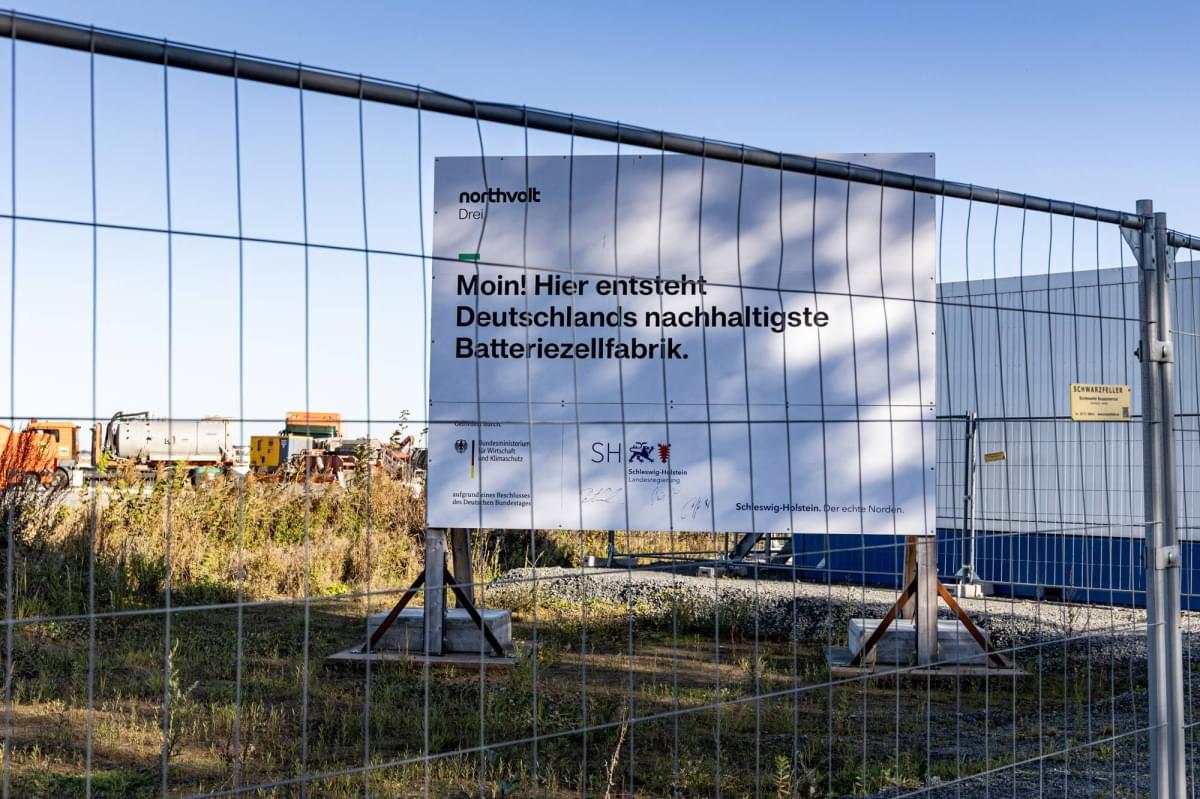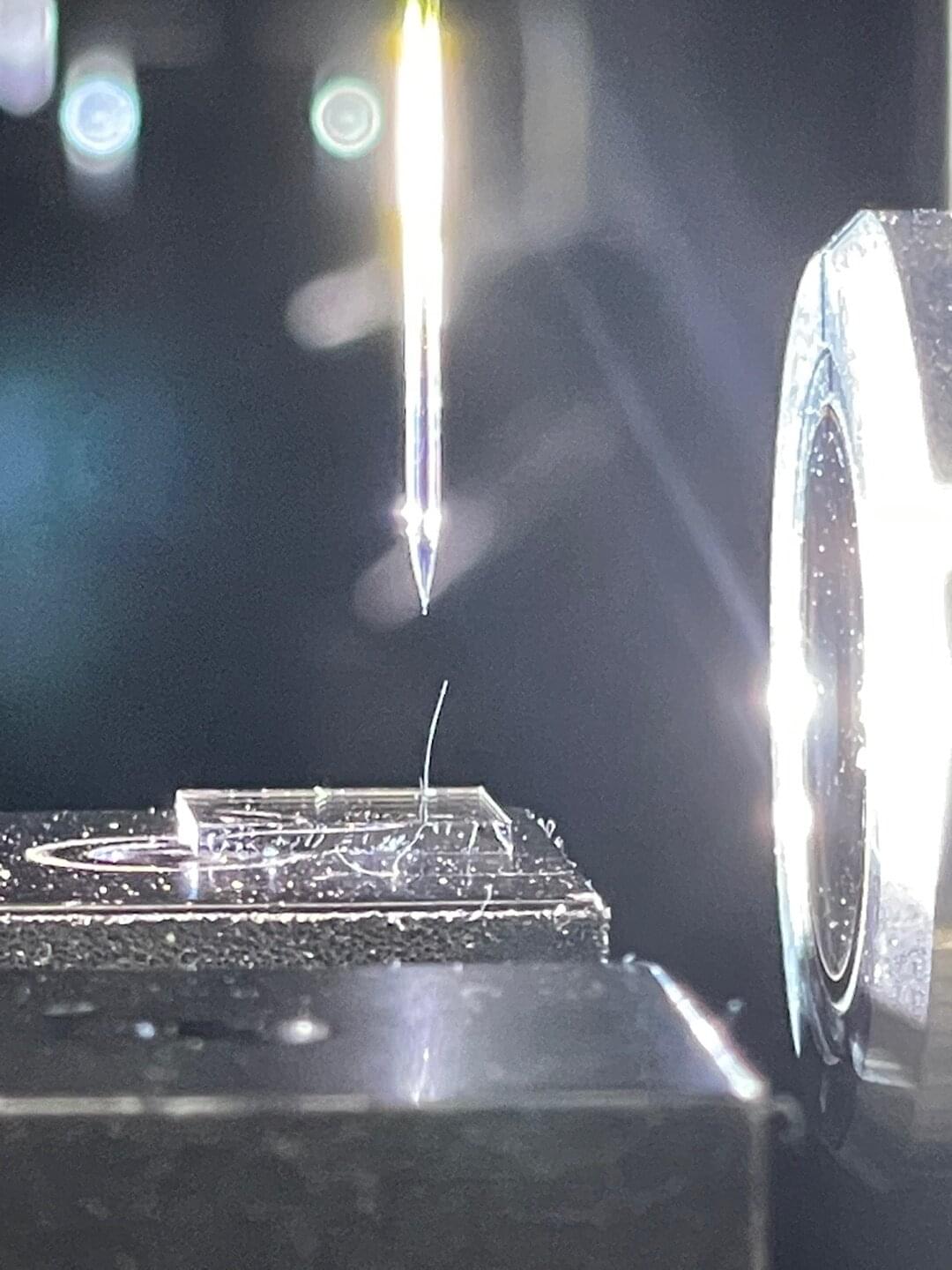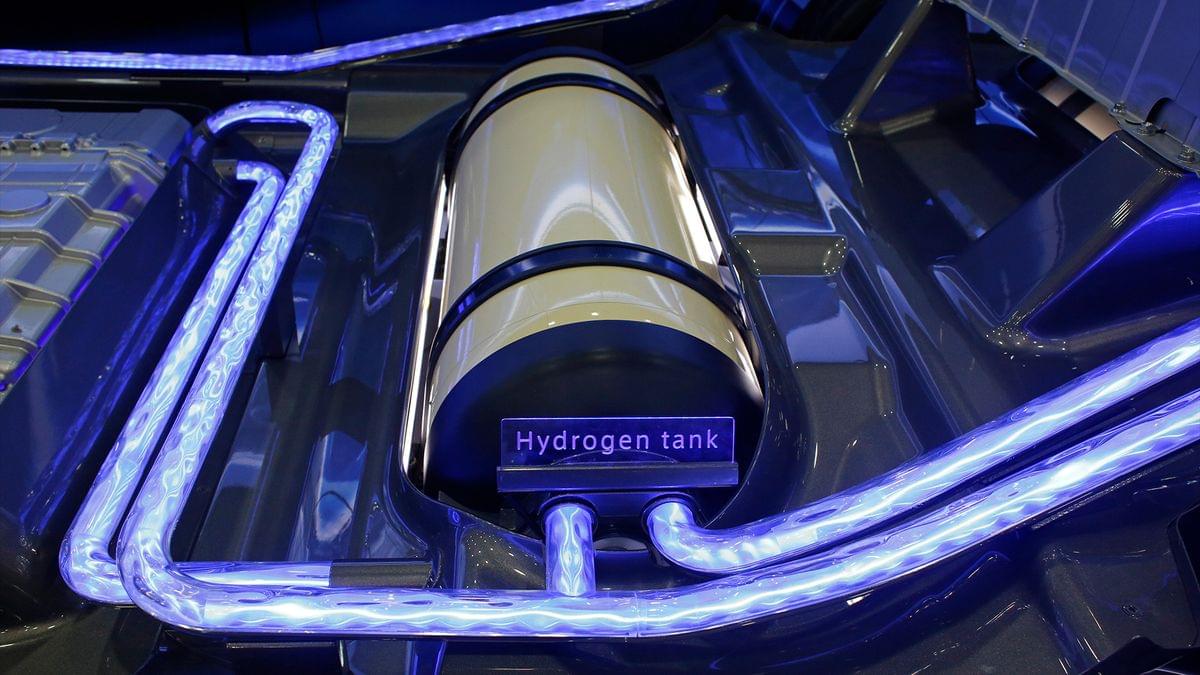The European Commission is raising $20 billion to construct four “AI gigafactories” as part of Europe’s strategy to catch up with the U.S. and China on artificial intelligence, but some industry experts question whether it makes sense to build them.
The plan for the large public access data centers, unveiled by European Commission President Ursula von der Leyen last month, will face challenges ranging from obtaining chips to finding suitable sites and electricity.
“Even if we would build such a big computing factory in Europe, and even if we would train a model on that infrastructure, once it’s ready, what do we do with it?” said Bertin Martens, of economic think tank Bruegel. It’s a chicken and egg problem. The hope is that new local firms such as France’s Nvidia-backed Mistral startup will grow and use them to create AI models that operate in line with EU AI safety and data protection rules, which are stricter than those in the U.S. or China.









